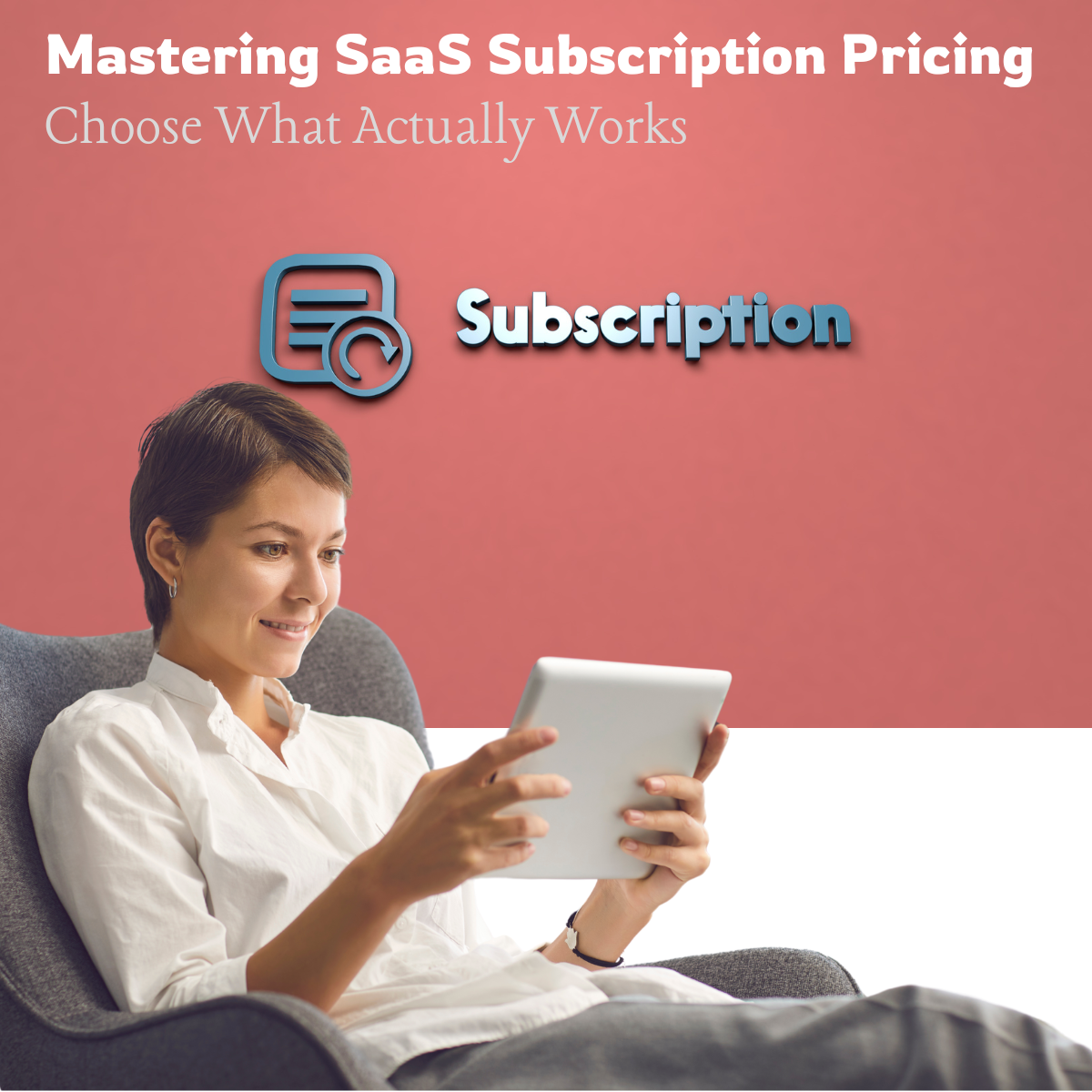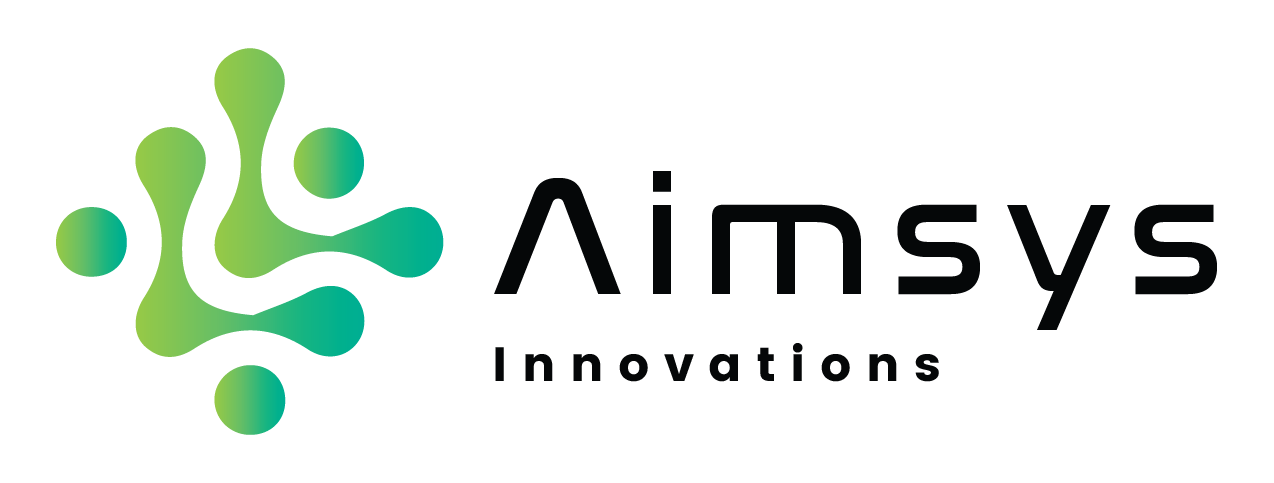Posted At: Aug 11, 2025 - 284 Views

🧩 The Most Common SaaS Subscription Pricing Models – Pros, Cons, and When to Use Them
Choosing the right pricing strategy can make or break your SaaS business. The right model aligns customer value with your revenue goals, encourages adoption, and supports scalability. Below, we break down the most common SaaS pricing models, their advantages and drawbacks, and where they work best.
1. Flat-Rate Pricing
💼 What It Is:
One product, one price. All customers receive the same features for a fixed monthly or annual fee.
✅ Pros:
- Very simple for customers to understand
- Easy to implement and forecast revenue
- Ideal for single-feature or niche products
❌ Cons:
- Doesn’t scale with usage or customer size
- Larger customers may get more value without paying more
- Smaller users may feel overcharged
📌 Best For:
Early-stage SaaS businesses with a narrowly defined use case and a uniform customer base.
2. Tiered Pricing
💼 What It Is:
Different packages (e.g., Basic, Pro, Enterprise) with varying features, limits, and support levels.
✅ Pros:
- Appeals to different customer budgets and needs
- Encourages upgrades as customer needs grow
- Allows bundling of premium features
❌ Cons:
- Poorly defined tiers can confuse customers
- Restrictive feature gating may frustrate users
📌 Best For:
Companies serving diverse customer segments from startups to large enterprises.
3. Per-User Pricing
💼 What It Is:
Price is based on the number of users or seats accessing the software.
✅ Pros:
- Straightforward and predictable
- Scales with team size
- Easy to communicate and bill for
❌ Cons:
- May discourage broad adoption (users sharing logins)
- Not every user may extract the same value
📌 Best For:
Collaboration tools, CRM systems, productivity platforms.
4. Usage-Based Pricing (Pay-as-You-Go)
💼 What It Is:
Customers pay for what they use, like storage, API calls, or messages sent.
✅ Pros:
- Flexible and scalable
- Aligns cost with value
- Attracts trial users with low commitment
❌ Cons:
- Harder to predict revenue
- Potential “bill shock” without clear communication
📌 Best For:
Infrastructure, APIs, and services with variable consumption (e.g., AWS, Twilio).
5. Freemium Model
💼 What It Is:
A free plan with limited features to attract users and convert them to paid plans over time.
✅ Pros:
- Low barrier to entry
- Drives viral adoption
- Builds brand awareness
❌ Cons:
- Support costs for free users can be high
- Conversion rates may be low
- Risk of devaluing premium tiers
📌 Best For:
Tools that thrive on network effects and mass adoption (e.g., Notion, Slack, Canva).
6. Hybrid Pricing Models
💼 What It Is:
A mix of multiple approaches—such as tiered + per-user, or freemium + usage-based.
✅ Pros:
- Greater flexibility to meet market needs
- Combines advantages of multiple models
❌ Cons:
- More complex to manage and communicate
📌 Best For:
Mature SaaS businesses catering to multiple customer segments.
🎯 How to Choose the Right Pricing Model
- Understand Your Customer Segments– Know your target audience’s budgets and buying behavior.
- Map Value to Usage– Align pricing with the value customers get.
- Test and Iterate– Use A/B testing to refine your approach.
- Communicate Clearly– Avoid hidden fees or confusing terms.
- Leverage Psychological Pricing– Use charm pricing ($9.99) or anchoring to influence buying decisions.
💡 Final Thought:
Your pricing model isn’t set in stone—optimize it as your product, market, and customer expectations evolve. The right model should balance simplicity, fairness, and profitability.
